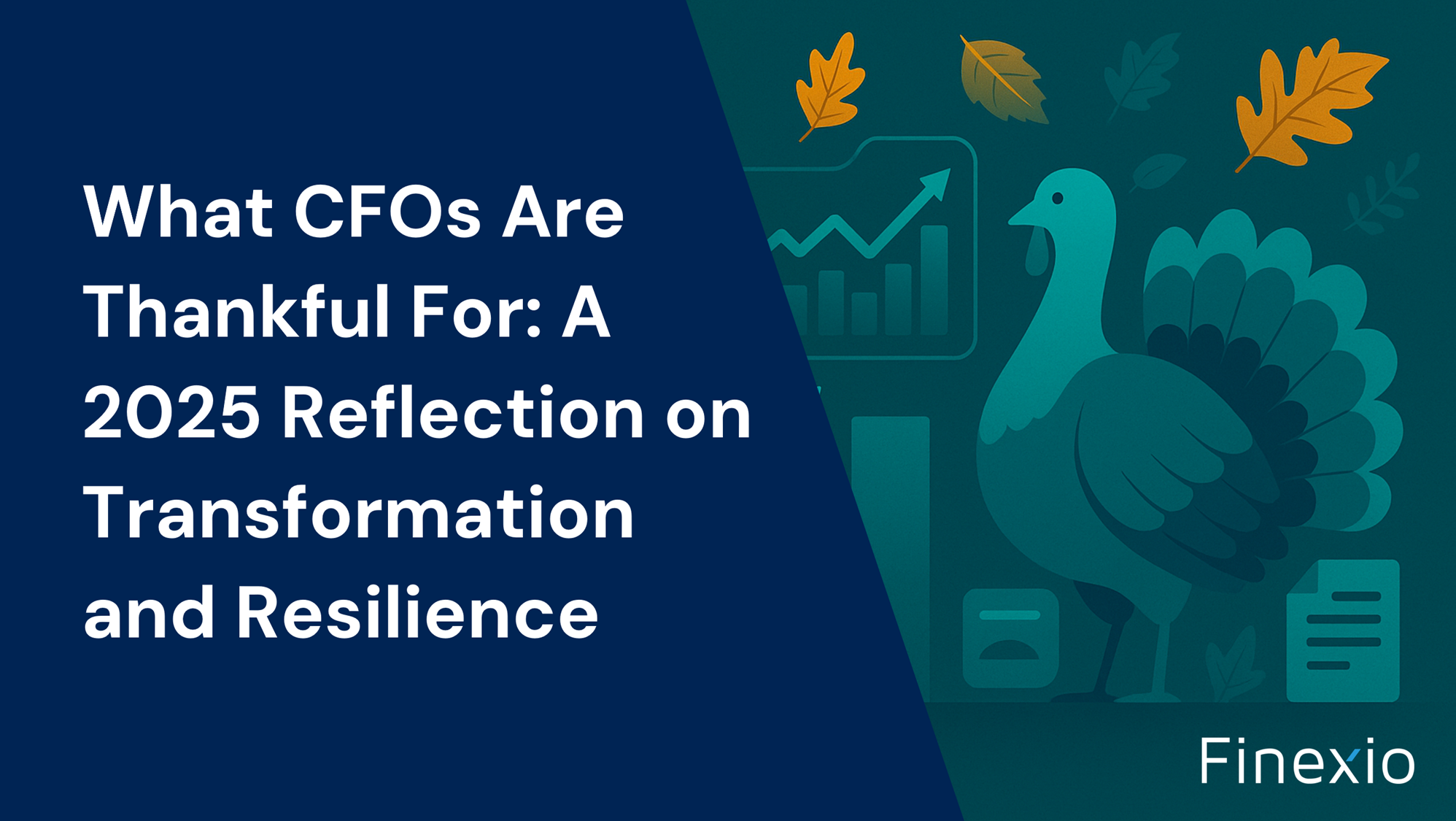How B2B Virtual Payment Cards Add Control


Finance teams are taking a closer look at how payments are being handled. With more vendors to pay, tighter rules around compliance, and growing concerns over fraud, the pressure to control accounts payable is real. It’s not just about sending money—it’s about knowing when, how, and why each payment is made.
Old methods like checks, manual wires, and basic ACH often leave too much room for error. They lack transparency, take too long to process, and can make tracking payments hard. That’s pushed many teams to consider better tools. B2B virtual payment cards offer more control, more visibility, and less risk. When used well, they connect daily operations to strategic financial goals and create smoother workflows with fewer surprises.
Why Payment Control Matters in B2B Transactions
Control isn’t just about keeping things tight—it’s about making smarter choices in the moment. When accounts payable runs on delayed approvals, unclear processes, or outdated tools, the impact shows up fast. Common issues include:
- Slow or lost visibility into which vendors have been paid and when
- Risk of duplicate or unauthorized payments
- Difficulty matching payments to invoices, especially during audits
When there’s no clear control, cash flow planning suffers. Unexpected withdrawals disrupt daily balances. Compliance checks turn into long, tedious tasks. And vendor relationships take a hit when payments arrive late or without context.
Better control brings structure to the process. It supports more timely decisions, helps teams catch errors, and lets managers align payment behavior with company goals. Timing, method, and approval all move together—cutting down on questions and improving accountability from start to finish.
How Virtual Cards Improve Oversight and Reduce Risk
B2B virtual payment cards provide a more streamlined, secure way to handle supplier payments. Instead of relying on paper checks or unsecured wire instructions, a virtual card is created digitally with a set dollar limit and expiration. It can be used for a single transaction or a short period, limiting exposure while providing traceable payment data.
These cards give finance teams strong controls on each payment. Spending caps, supplier limits, and timeframes can be set in advance. This reduces misuse risk and creates an automated log of payment activity as it happens.
Reconciliation becomes easier too. Virtual cards tie directly to individual vendors or invoices. That cuts down on unmatched entries, endless email threads, and post-payment research. Compared to traditional cards or wires, the oversight is built into the process—not added later as cleanup.
Modern AP platforms with B2B virtual payment cards let teams set spend thresholds, automate card expiration, and attach detailed transaction logs for better audit readiness.
Streamlining Workflows with Virtual Payments
Virtual cards are a natural fit inside automated payment systems. They work well with embedded finance tools that connect sourcing, invoicing, and payments under one structure. That means fewer steps, less data entry, and cleaner records end-to-end.
When paper checks disappear, the benefits show up quickly. No waiting on signatures, postage delays, or deposit confirmations. Payments are created, approved, and received with minimal hold-up. Batches can be processed on schedule, with exceptions flagged early—not during reconciliation.
Automated card processing frees up time across departments. Reporting gets easier when each payment includes purpose, project, and vendor details from the start. Finance, procurement, and AP teams can all track activity without sorting through manual notes or files.
Integrated B2B virtual payment cards connect seamlessly with AP automation, making it possible to approve, issue, and reconcile payments without bottlenecks or paper trails.
Aligning Virtual Card Use with Strategic AP Goals
Using virtual cards isn’t just about control—it’s about aligning payments with bigger goals. The way we pay reflects how we manage our business. For example:
- Early pay incentives matter more for top-tier vendors
- Project-based teams may need spend tracked by category or schedule
- Certain suppliers may require fixed payment terms or thresholds
Virtual cards support all of this with flexible controls and real-time spend tracking. When payments are visible right away, budgets stay on course and planning gets sharper. There’s no waiting for end-of-month reports or chasing missing line items.
Setting clear internal rules helps too. As card use grows, the structure behind it must scale. Thinking through who issues cards, who approves them, and how limits are managed keeps the program tight but effective. This prevents overuse and helps teams adjust policies as spending shifts.
Modern B2B virtual payment card platforms provide user-level policy management, segmented spend reporting, and dynamic card controls that support strategic AP objectives.
Better Payment Practices, Better Outcomes
Control isn’t just something finance teams want—it’s something their business needs. When supplier payments are handled with care and clarity, the outcomes are stronger: fewer errors, faster closes, and more reliable data.
B2B virtual payment cards give finance leaders a sharper tool to make that happen. By bringing certainty to each step of the process, they help reduce friction, build trust, and create space for better planning. When payment operations are calm and consistent, the rest of the organization runs smoother too.
At Finexio, we help finance teams stay ahead with smarter solutions like B2B virtual payment cards that connect with your current systems, strengthen controls, and scale with your needs.
Get the free Newsletter
Get the latest information on all things related to B2B and electronic payments delivered straight to your inbox.




